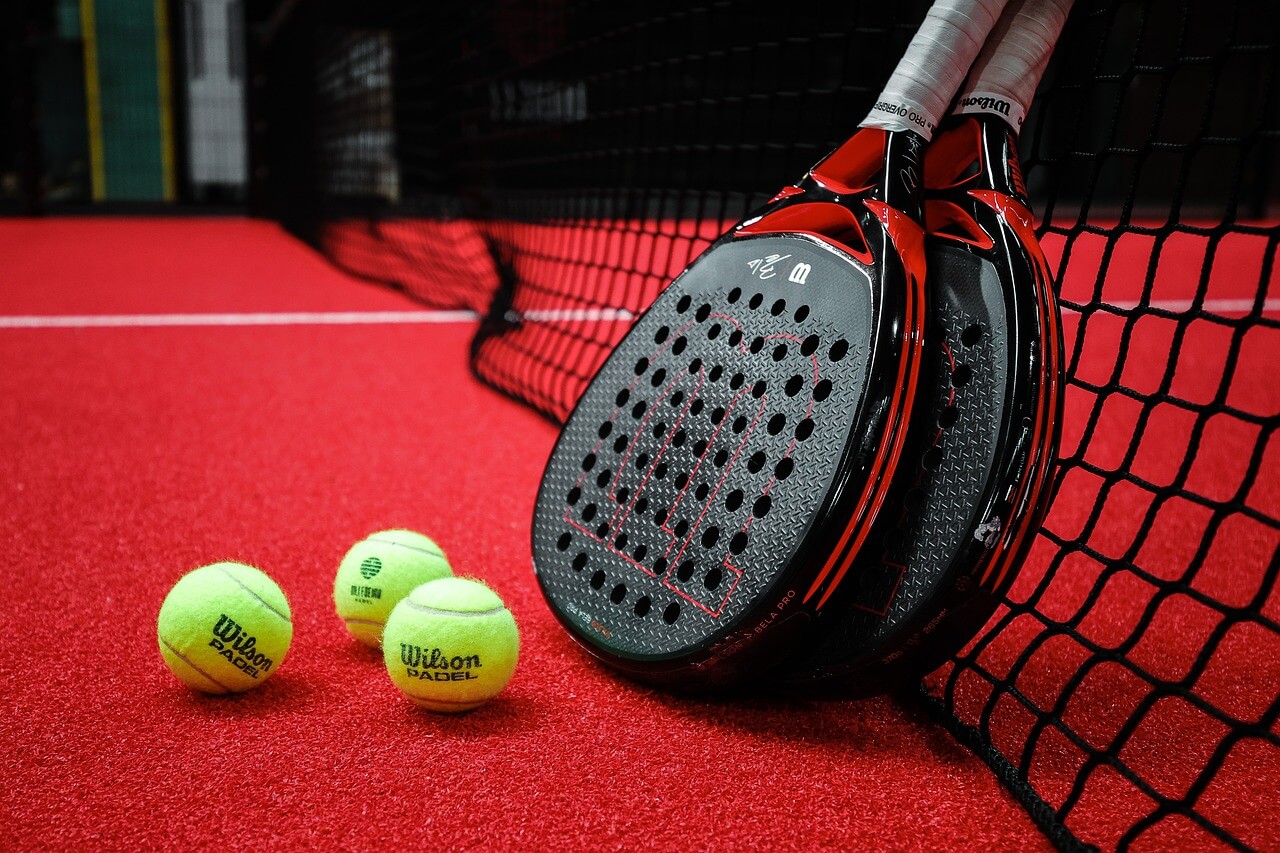Paddle tennis and pickleball are two racquet sports that have garnered attention in recent years. They offer engaging gameplay, making them popular choices for recreational and competitive players alike. While these sports share some similarities, they also exhibit distinct characteristics that set them apart. In this comprehensive comparison, we will explore the nuances of paddle tennis and pickleball, examining their gameplay, equipment, court size, and their growing popularity.
Contents:
Gameplay:
Paddle Tennis: Paddle tennis is a dynamic and fast-paced racquet sport that typically involves two teams of two players each. The game is played with solid paddles and a depressurized tennis ball. Players aim to score points by hitting the ball over the net into their opponents’ court.
The gameplay in paddle tennis is characterized by quick and strategic rallies. With a shorter court and the ball’s reduced speed, players need to rely on precise shot placement and well-executed strategies to gain an advantage. The sport demands both offensive and defensive skills, making it engaging for players of all skill levels.
Unlike its cousin, platform tennis, paddle tennis is often played on open courts with no elevated surfaces. This allows for agile and agile movement, further enhancing the game’s appeal.
Pickleball: Pickleball, on the other hand, is a unique racquet sport that combines elements from various games. These include tennis, badminton, and table tennis. It is typically played in doubles, although singles matches are also common. The game employs solid paddles, usually made of composite materials, and a perforated plastic ball.
One of the distinctive features of pickleball is the no-volley zone. This is commonly referred to as the “kitchen,” which is a seven-foot area near the net. Players are not allowed to hit volleys within this zone, adding an interesting dimension to the game.
Pickleball gameplay emphasizes teamwork and coordination between players. Due to the reduced size of the court, rallies are shorter, requiring fast reflexes and quick thinking. The sport’s unique rules, including the no-volley zone and specific serving regulations, make it accessible to players of varying skill levels and add strategic depth to the game.
Equipment:
Paddle Tennis: Paddle tennis paddles come in a variety of shapes and materials. This allows players to choose equipment that suits their playing style. Paddle materials range from wood to advanced composite materials, each offering distinct characteristics. These paddles are typically shorter and denser than traditional tennis rackets.
The choice of paddle plays a significant role in a player’s performance. Heavier paddles can deliver more power, while lighter ones offer greater maneuverability. Paddle shape, grip size, and surface texture are other factors that players consider when selecting their equipment.

Pickleball: Pickleball paddles are generally larger and are commonly made from composite materials or wood. The paddles have a perforated surface, which reduces air resistance and allows players to have better control over the ball.
Pickleball paddles also come in a variety of shapes and sizes, with differences in weight and grip circumference. Players can choose equipment that suits their preferences and playing style.
Court Size:
Paddle Tennis: Paddle tennis courts are smaller than standard tennis courts. Measuring 44 feet in length and 20 feet in width. The smaller court size, combined with the depressurized tennis ball, results in fast-paced rallies and encourages players to develop their skills in close-quarter play.
A unique aspect of paddle tennis is that the court is enclosed by a screen, allowing the ball to bounce off the walls. This adds an element of strategy as players need to use the walls to their advantage when hitting shots.
Pickleball: Pickleball courts are even smaller than paddle tennis courts, measuring 44 feet in length and 20 feet in width for doubles play. For singles play, the court width is often reduced, further enhancing the game’s speed.
Pickleball courts include a seven-foot no-volley zone near the net, known as the “kitchen.” Players are not allowed to hit volleys within this area, which creates an intriguing dynamic of working around this constraint.
Popularity:
Paddle Tennis: Paddle tennis has a notable presence in urban areas, with a strong following in countries like Spain and the United States. The sport’s appeal lies in its fast-paced gameplay and the strategic use of walls, making it a dynamic and engaging choice for racquet sports enthusiasts. While it may not have experienced the same explosive growth as pickleball, it remains a beloved sport in certain regions.
Pickleball: Pickleball has witnessed a remarkable surge in popularity in recent years and is often considered one of the fastest-growing sports in North America. It has found a dedicated following among people of all ages, making it a favorite choice for both newcomers and seasoned racquet sport players. The sport’s accessible rules, smaller court size, and engaging gameplay have contributed to its rapid rise in popularity.
Pickleball’s versatility allows it to be played in various settings, from community centers to private residences, making it a sport that’s accessible to a wide range of people. Its growth can be attributed to a vibrant and welcoming community of players, with organized tournaments and events adding to the excitement.
In summary, both paddle tennis and pickleball offer unique and enjoyable experiences for racquet sport enthusiasts. Paddle tennis is known for its intense rallies and the strategic use of walls, while pickleball combines elements from different sports and has experienced explosive growth in recent years. The choice between the two sports ultimately depends on individual preferences, including the type of gameplay experience you seek, the equipment you prefer, and your local sports community’s availability. Both sports have carved out their niches in the world of racquet sports, and players are sure to find fun and excitement in either of them.
